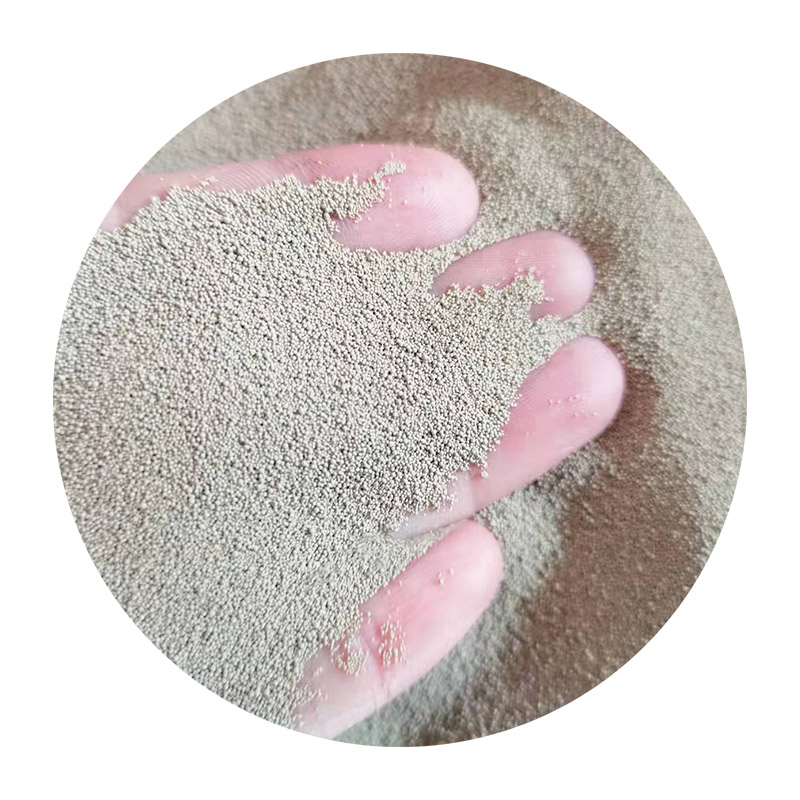Sanding 3D Printed Objects A Guide to Achieving a Smooth Finish
3D printing has revolutionized manufacturing, making it accessible for hobbyists, designers, and engineers alike. However, while the capability to create complex models quickly is impressive, the finish of these printed objects often leaves room for improvement. One effective method to enhance the aesthetic and functional qualities of 3D printed items is sanding. In this article, we will explore the importance of sanding, the tools needed, and the best practices for achieving a smooth, polished finish.
The Importance of Sanding
Sanding is a crucial step in post-processing 3D printed objects, especially when using materials like PLA, ABS, or PETG. These plastics typically exhibit visible layer lines, which can detract from the overall appearance of the printed piece. Furthermore, a smooth surface can enhance paint adhesion, making it easier to achieve a professional appearance in painted objects. On a functional level, sanding can help remove any sharp edges or imperfections that could impede the use of the final product.
Tools and Materials
Before you begin the sanding process, you will need to gather some essential tools and materials
1. Sandpaper Start with a lower grit sandpaper (around 80-120 grit) to remove the majority of imperfections, then gradually move to higher grits (up to 400-600 grit) for a finer finish. 2. Sanding Blocks or Sponges These tools provide additional support and even pressure when sanding flat surfaces. 3. Dust Mask and Safety Goggles Protecting your respiratory system and eyes is crucial, especially when sanding materials that produce fine debris. 4. Water or Wet Sanding Material For certain plastics, wet sanding with water can reduce dust and help achieve a smoother finish.
sanding 3d printed objects

The Sanding Process
1. Preparation Before sanding, ensure that your printed object is clean and dry. Remove any support structures carefully to avoid damaging the main print. 2. Initial Sanding Begin with the lowest grit sandpaper to remove significant layer lines and imperfections. Sand evenly, applying moderate pressure. Make sure to sand in circular motions or back and forth to avoid creating flat spots.
3. Progression through Grits Once you have evened out the surface with lower grit sandpaper, switch to a higher grit sandpaper. This step is essential for achieving a finer finish. Continue this process until you reach the desired smoothness, usually finishing with 400-600 grit.
4. Finishing Touches After sanding, you may want to wipe the surface with a damp cloth to remove dust. For an even smoother finish, consider applying a thin coat of primer or varnish before a final paint layer.
Conclusion
Sanding 3D printed objects is a vital step in enhancing both their appearance and functionality. With the right tools and techniques, you can transform a rough print into a polished masterpiece. Though it may take some time and practice to perfect your sanding skills, the results are well worth the effort, allowing you to showcase your creations with pride and confidence. Whether you’re a novice hobbyist or an experienced maker, don’t underestimate the impact of a smooth finish on your 3D printed projects. Happy sanding!
Post time:تشرینی یەکەم . 04, 2024 10:55
Next:high volume sand casting
